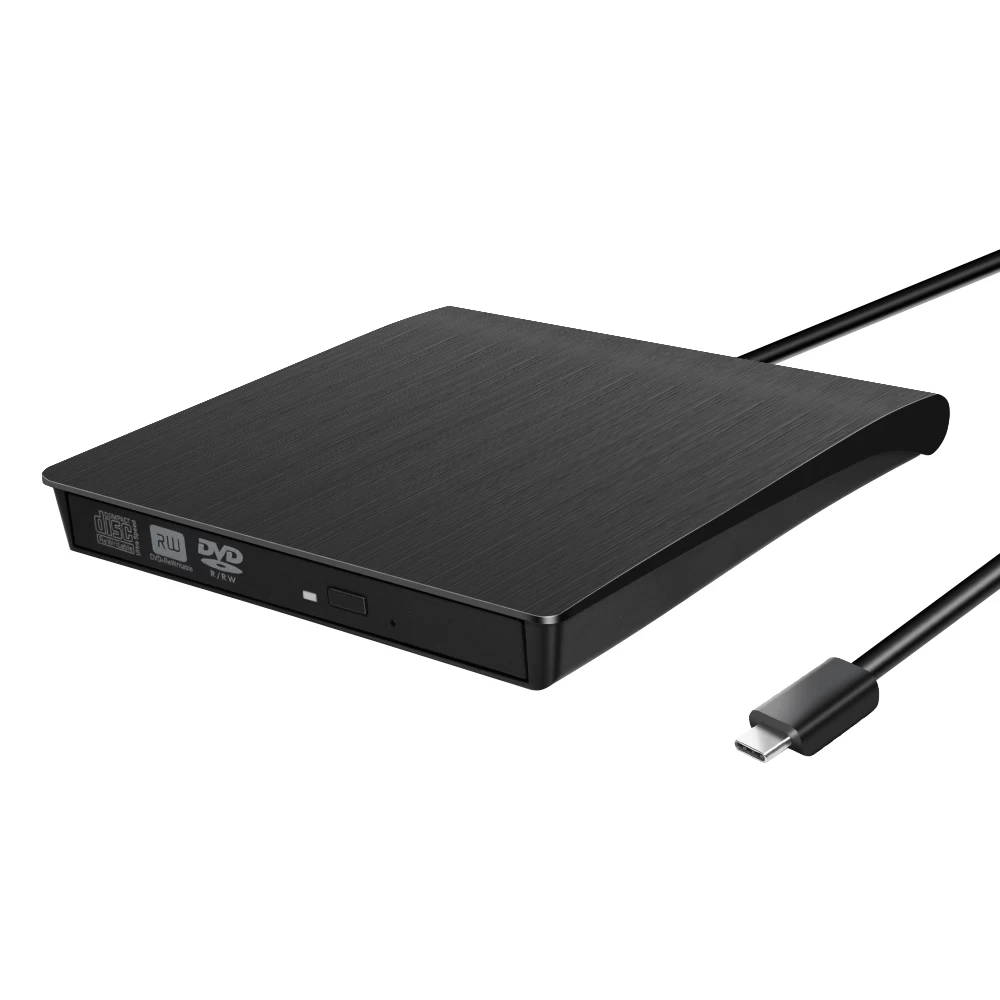The difference between USB 3.0 and USB 2.0
2021-05-13 08:55:07
1. Data transmission
USB 3.0 introduces full duplex data transmission. Two of the five lines are used to send data, the other two are used to receive data, and the other one is ground wire. In other words, USB 3.0 can synchronously read and write at full speed. Previous USB versions did not support full duplex data transmission.
2. Data transmission rate
U disk is connected with the system by USB interface, and the speed of the interface limits the data transmission rate of the mobile hard disk. At present, the maximum transmission bandwidth of USB2.0 is 480mbps (60MB / s), while the maximum transmission bandwidth of USB3.0 is up to 5.0gbps (500MB / s); USB 3.0 standard requires that the power supply capability of USB 3.0 interface is 1a, while USB 2.0 interface is 0.5A; However, in practical application, the transmission rate will be slowed down due to some objective reasons (such as the main control chip used in the storage device, the quality of the circuit board, etc.).
3. Interface
Observe the USB (itself) socket and the USB socket on the computer. The color of the plastic sheet in the middle: USB3.0 - blue; USB 2.0 - black. Of course, the color distinction of some devices is not standardized. For example, the non-native USB 3.0 supported by some master chips may not be blue, and some USB 2.0 devices such as MP3 and data cable may be black or white plastic. In addition, the cable of USB 3.0 will be thicker, because the data cable of USB 3.0 is four more internal wires than that of USB 2.0.
USB 3.0 introduces full duplex data transmission. Two of the five lines are used to send data, the other two are used to receive data, and the other one is ground wire. In other words, USB 3.0 can synchronously read and write at full speed. Previous USB versions did not support full duplex data transmission.
2. Data transmission rate
U disk is connected with the system by USB interface, and the speed of the interface limits the data transmission rate of the mobile hard disk. At present, the maximum transmission bandwidth of USB2.0 is 480mbps (60MB / s), while the maximum transmission bandwidth of USB3.0 is up to 5.0gbps (500MB / s); USB 3.0 standard requires that the power supply capability of USB 3.0 interface is 1a, while USB 2.0 interface is 0.5A; However, in practical application, the transmission rate will be slowed down due to some objective reasons (such as the main control chip used in the storage device, the quality of the circuit board, etc.).
3. Interface
Observe the USB (itself) socket and the USB socket on the computer. The color of the plastic sheet in the middle: USB3.0 - blue; USB 2.0 - black. Of course, the color distinction of some devices is not standardized. For example, the non-native USB 3.0 supported by some master chips may not be blue, and some USB 2.0 devices such as MP3 and data cable may be black or white plastic. In addition, the cable of USB 3.0 will be thicker, because the data cable of USB 3.0 is four more internal wires than that of USB 2.0.


















